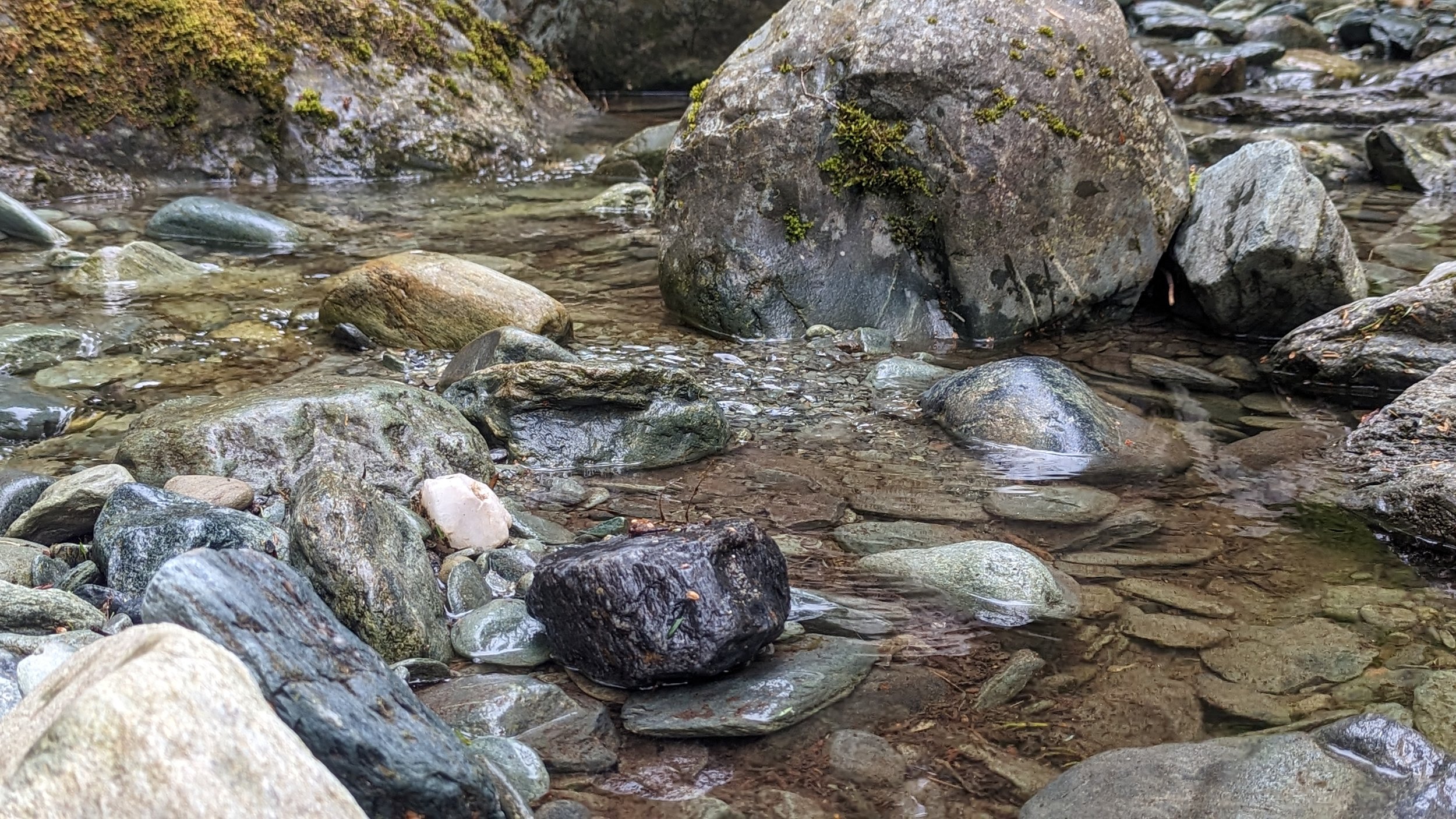
NEWS & ANNOUNCEMENTS
"The fish and I were both stunned and disbelieving to find ourselves connected by a line." — William Humphrey in "The Armchair Angler"


"The fish and I were both stunned and disbelieving to find ourselves connected by a line." — William Humphrey in "The Armchair Angler"
